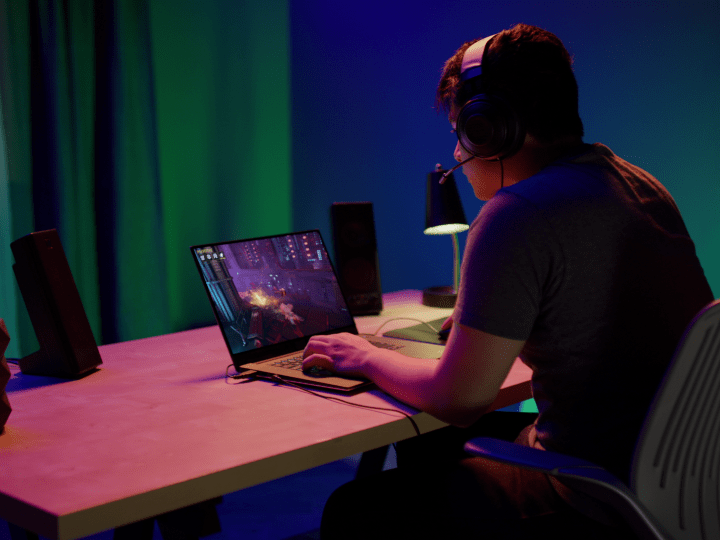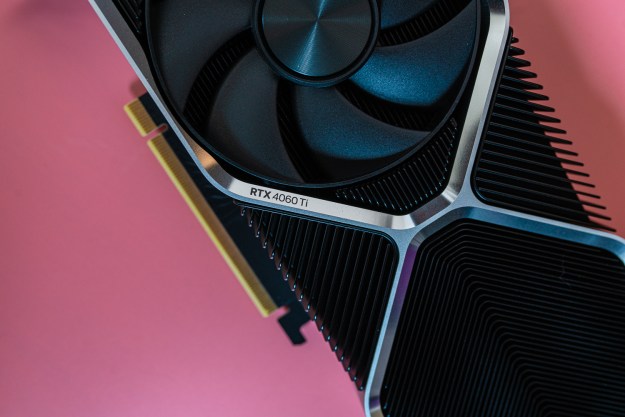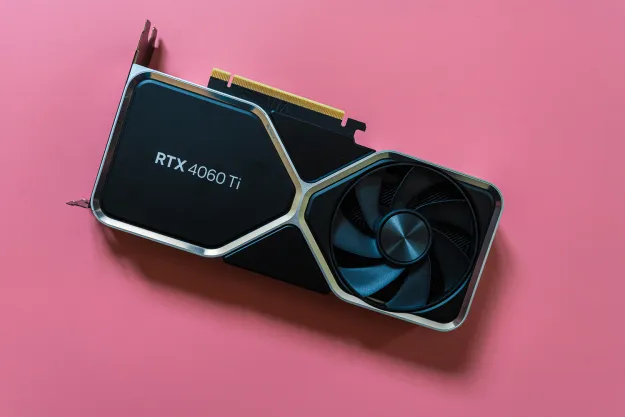
Nvidia has just added adaptive refresh rates to GeForce Now, its cloud gaming service. The new tech, dubbed Cloud G-Sync, works on PCs with Nvidia GPUs first and foremost , but also on Macs. These include Macs with Apple Silicon, as well as older models with Intel CPUs and AMD GPUs. On the Windows PC side more broadly, Intel and AMD GPUs will not be supported right now. Nvidia has also made one more change to GeForce Now that makes it a lot easier to try out — it introduced day passes.
Cloud G-Sync’s variable refresh rate (VRR) feature will sync your monitor’s refresh rate to match the frame rates you’re hitting while gaming with GeForce Now. Nvidia’s new cloud solution also uses Reflex to lower latency regardless of frame rates. Enabling VRR in GeForce Now should provide a major boost by reducing screen tearing and stuttering, improving the overall gaming experience on PCs and laptops that normally can’t keep up with some titles. To pull this off, Nvidia uses its proprietary RTX 4080 SuperPODs.
However, Nvidia’s new tech still has pretty steep hardware requirements, all things considered. To use Cloud G-Sync, you’ll need either a GeForce GTX 16 series or RTX 20 series (or later) graphics card. As mentioned, Intel and AMD GPUs are not supported right now, but Mac users are in for a treat. Any Mac with Apple silicon can run this, as can some older Intel-based models, including the 2019 Mac Pro with Radeon Pro GPUs. You can check out the full list of compatible hardware on Nvidia’s website.
On top of that, you will need a solid gaming monitor that supports VRR and can put out refresh rates above 60Hz. The display also needs to support either G-Sync (or be G-Sync compatible), AMD FreeSync, or Apple ProMotion. Moreover, you can’t be running a multi-monitor setup, as Cloud G-Sync only supports one display.
If your PC ticks all those boxes and you’d like to get a boost in AAA titles with GeForce Now, the only obstacle that stands between you and those sweet high frame rates is the fact that you need to pay for the Ultimate membership tier. Normally, this costs $20 per month or $100 for 6 months, but Nvidia just added day passes on GeForce Now memberships.

You’ll now be able to test-drive GeForce Now without having to commit to a costly subscription. The $4 Priority Day pass gets you a six-hour gaming session and lets you run games at 1080p and at up to 60 frames per second (fps). Meanwhile, the $8 Ultimate Day pass lets you play for eight hours at a time, at a resolution of up to 4K, at up to 120 fps, and with Cloud G-Sync enabled. Both plans let you use up the full 24-hours, just in six- and eight-hour increments.
The addition of VRR is great, as is Reflex, but perhaps the best part of today’s announcement is that Nvidia is finally making GeForce Now easier to try out without spending money on another subscription. This will come in handy for players who want to dip their toes in first before subscribing, but also for those who only occasionally need the help of GeForce Now.
Editors' Recommendations
- Nvidia RTX 50-series graphics cards: news, release date, price, and more
- I tested AMD’s RX 7800 XT against Nvidia’s RTX 4070, and there’s a clear winner
- Nvidia’s peace offering isn’t working
- Nvidia’s RTX 4060 might not be such a disappointment after all
- Nvidia’s most important next-gen GPU is less than 2 weeks away





